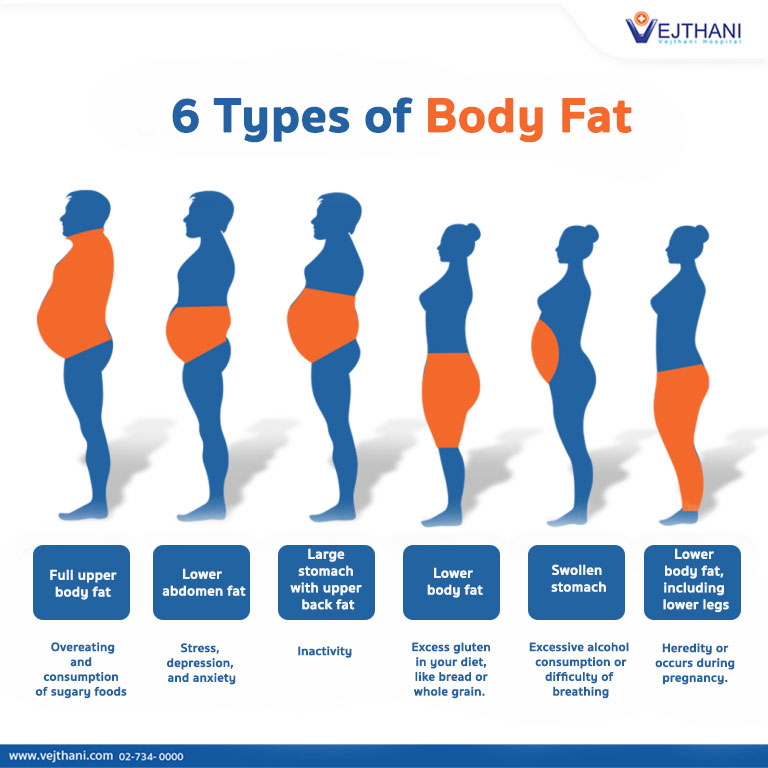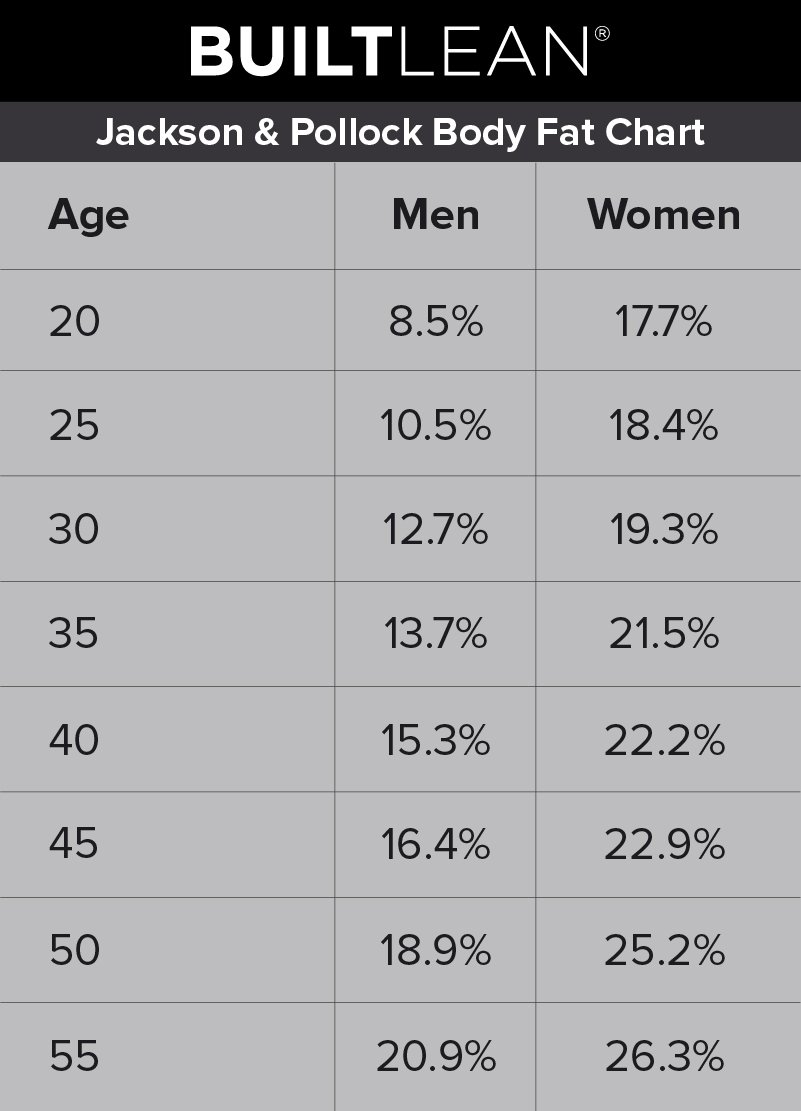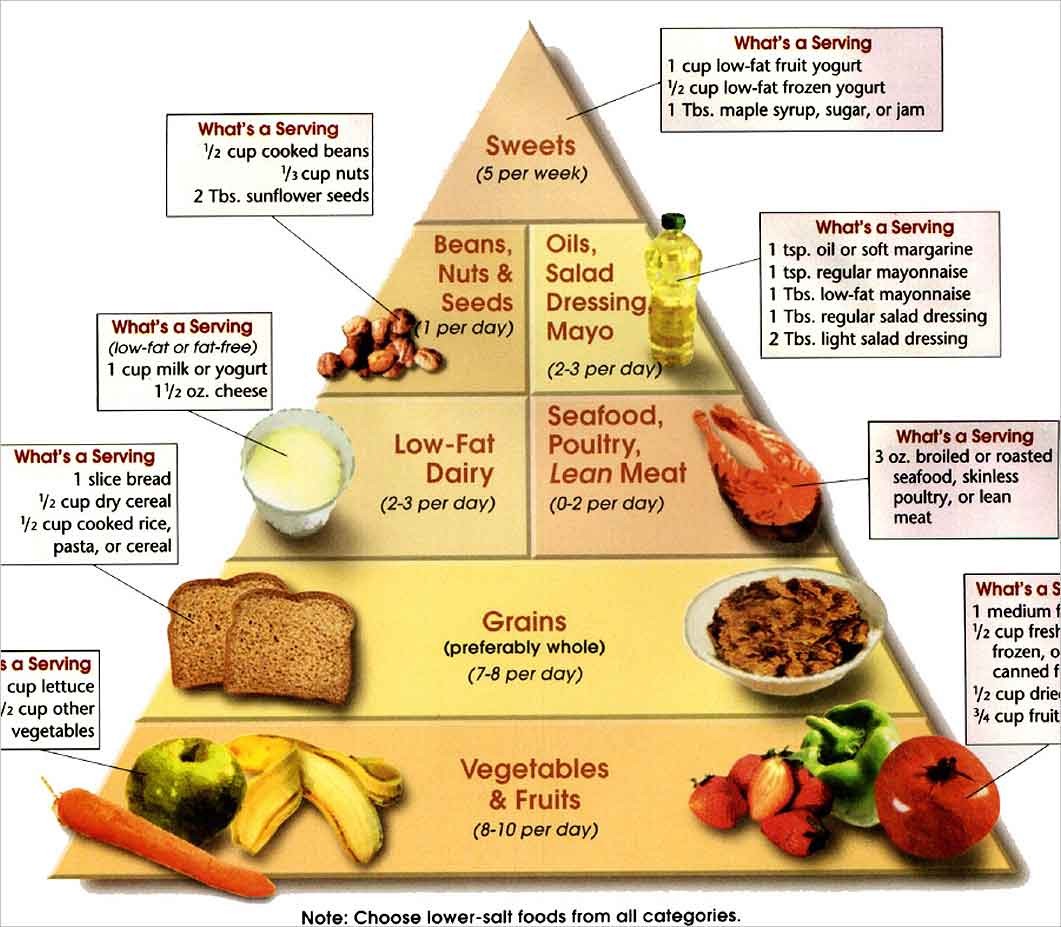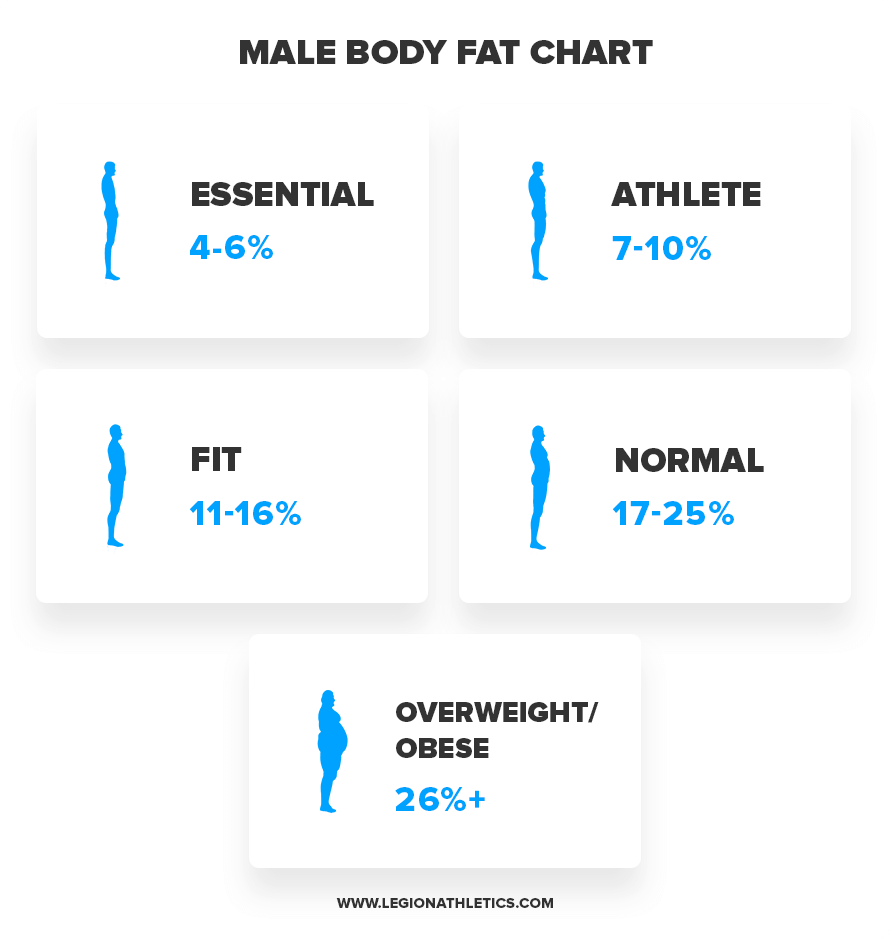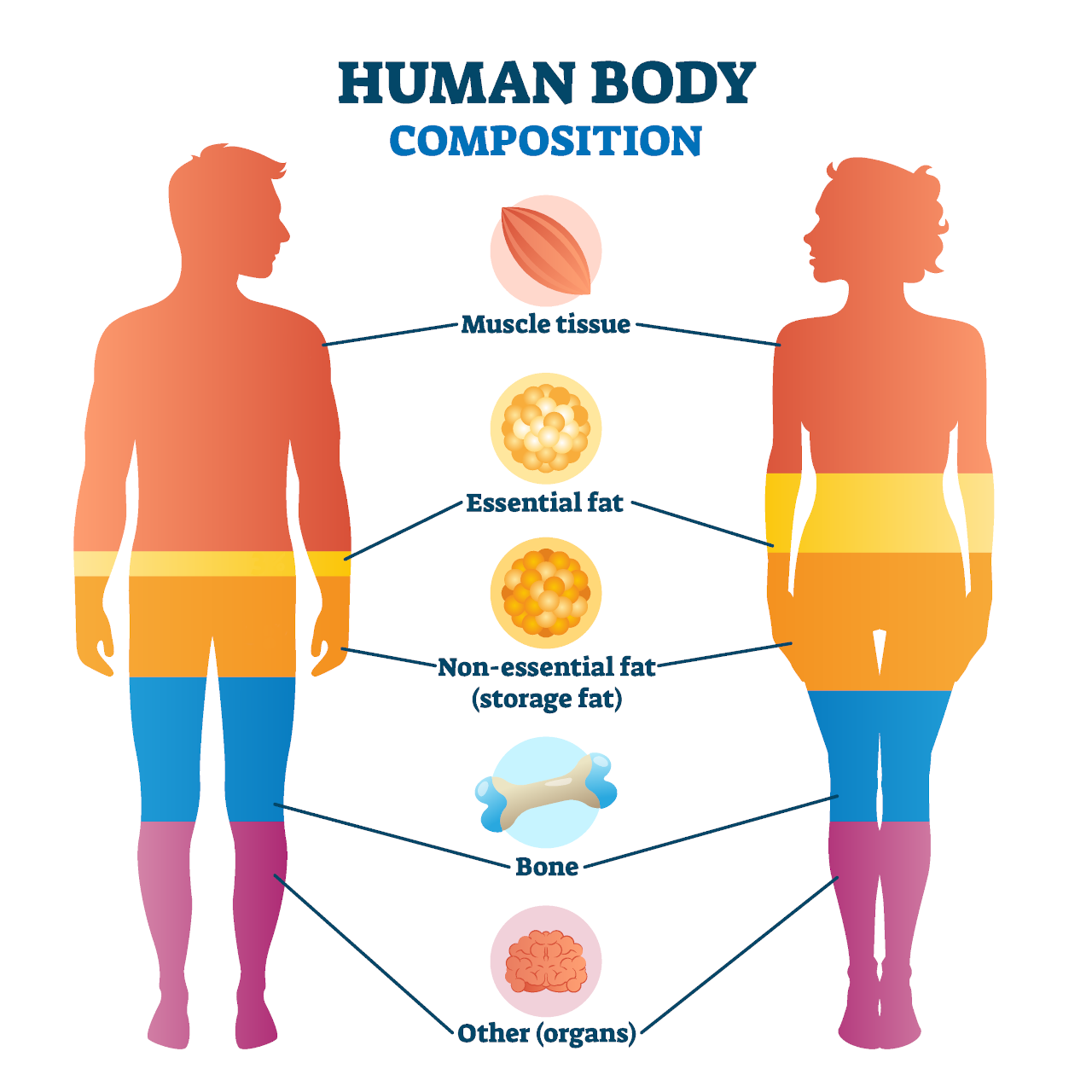Bidy Fat Presentation
| Introduction to Body Fat | ||
|---|---|---|
| Body fat refers to the adipose tissue stored in our bodies. It serves as an energy reserve and provides insulation and protection. Excessive body fat can lead to health issues such as obesity and related diseases. | ||
| 1 | ||
| Types of Body Fat | ||
|---|---|---|
| There are two main types of body fat: subcutaneous and visceral fat. Subcutaneous fat is located just beneath the skin and helps regulate body temperature. Visceral fat is found deep within the abdominal cavity and surrounds vital organs. | ||
| 2 | ||
| Importance of Body Fat | ||
|---|---|---|
| Body fat is essential for hormone regulation and reproductive function. It helps absorb fat-soluble vitamins and maintains healthy skin and hair. Adequate body fat is necessary for normal physiological functioning. | ||
| 3 | ||
| Factors Affecting Body Fat Levels | ||
|---|---|---|
| Genetics play a significant role in determining body fat distribution. Lifestyle factors, such as diet and exercise, can influence body fat levels. Hormonal imbalances and certain medical conditions can also impact body fat. | ||
| 4 | ||
| Measuring Body Fat | ||
|---|---|---|
| Body Mass Index (BMI) is a common method for estimating body fat levels. Skinfold calipers can measure subcutaneous fat thickness at specific sites. Dual-energy X-ray absorptiometry (DXA) provides a detailed analysis of body composition. | ||
| 5 | ||
| Healthy Body Fat Percentage | ||
|---|---|---|
| Healthy body fat percentages vary based on age, gender, and individual goals. For men, a range of 10-20% is considered healthy, while women have a range of 20-30%. Athletes and fitness enthusiasts may have lower body fat percentages due to increased muscle mass. | ||
| 6 | ||
| Health Risks of Excess Body Fat | ||
|---|---|---|
| Excess body fat increases the risk of cardiovascular diseases, such as heart disease and stroke. Obesity is linked to type 2 diabetes, high blood pressure, and certain types of cancer. Joint problems, sleep apnea, and mental health issues are also associated with excess body fat. | ||
| 7 | ||
| Managing Body Fat Levels | ||
|---|---|---|
| A balanced diet consisting of whole foods can help maintain healthy body fat levels. Regular physical activity, including both cardiovascular and strength training exercises, is crucial. Creating a calorie deficit by consuming fewer calories than expended can aid in fat loss. | ||
| 8 | ||
| Maintaining a Healthy Body Fat Percentage | ||
|---|---|---|
| Focus on long-term lifestyle changes rather than quick-fix diets or extreme measures. Aim for a sustainable weight loss rate of 1-2 pounds per week to avoid muscle loss. Regular monitoring of body fat levels and adjusting lifestyle accordingly is important. | ||
| 9 | ||
| Conclusion | ||
|---|---|---|
| Understanding body fat and its implications is crucial for maintaining overall health. Strive for a healthy body fat percentage through a well-rounded approach of nutrition and exercise. Consult with a healthcare professional or registered dietitian for personalized guidance and support. | ||
| 10 | ||

